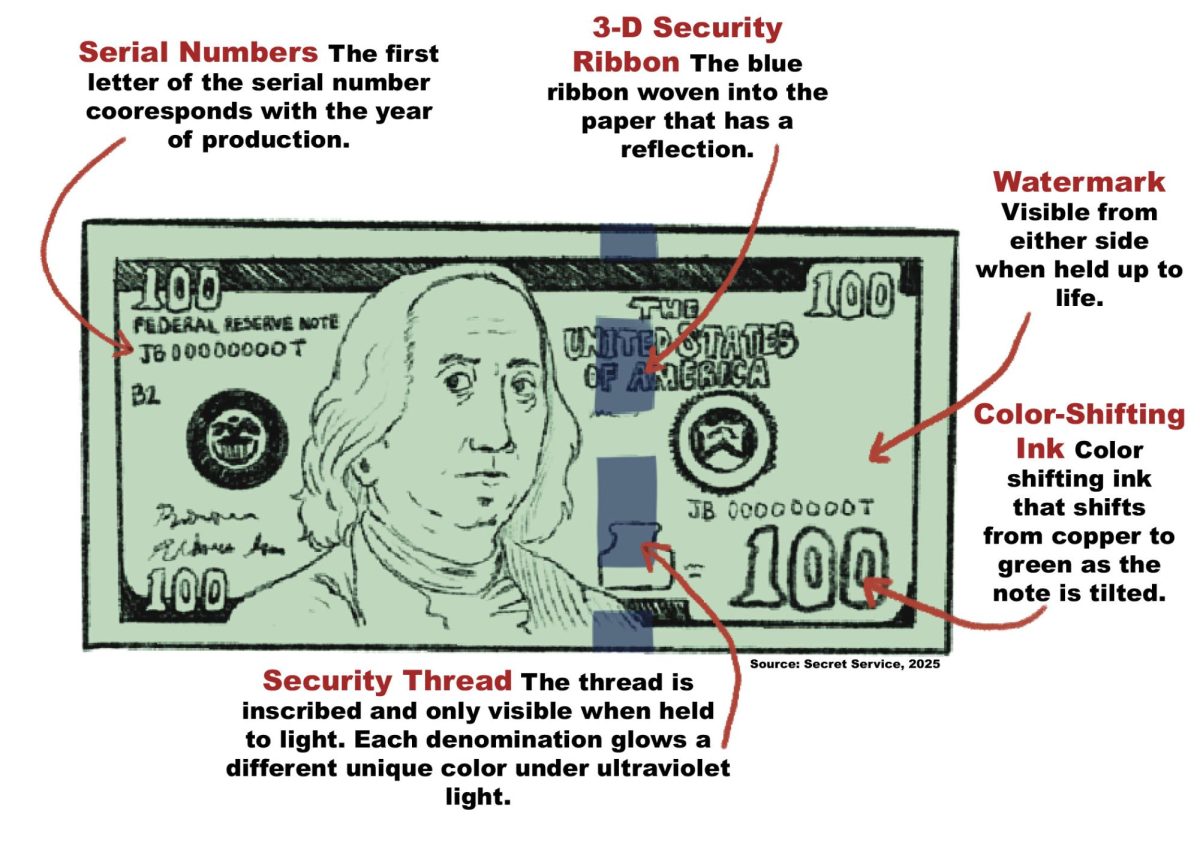Trading is not a 9-to-5 job. Traders usually work with high-stakes decision-making, flexible hours, and performance-based salaries, rather than a salary and a cubicle. Whether you are new to the markets or an experienced trader, learning how traders really get paid can make your way through a unique career path much easier. Five methods traders use to make money are listed below–proving that in this world, skill does indeed pay.
1. Profit Sharing with Prop Firms
Profit sharing is one of the most common ways in which traders make money. Proprietary trading firms, also known as prop firms, such as Maven Trading, fund and support professional traders. In exchange, the firm enjoys a share of the profits, with the remaining portion typically left to the trader, usually 50-80 percent of the profits, depending on the agreement. This arrangement enables traders to focus on performance without risking their own money. It is a win-win strategy: the company earns money from successful traders, and traders receive access to larger trading accounts and more sophisticated tools that are difficult to finance separately.
2. Funded Accounts
Funded trading accounts via Forex prop firms represent another rising trend. These companies test traders during trial stages or challenges. After passing the test, traders are provided with a funded account to trade with, typically ranging from $10,000 to over $100,000.
Without risking their own money, traders typically receive a substantial portion of the profits, ranging from 70% to 90%. These companies usually promote risk parameters and drawdown limits, which help maintain the capital intact. This has presented an opportunity for Forex traders, in particular, to earn a good amount without committing their own funds in advance.
3. Performance-Based Bonuses and Incentives
Performance-based bonuses are available in some hedge funds as well as institutional trading desks. These may be annual, quarterly, or, depending on specific achievements, such as outperforming a benchmark index. The better the trader performs, the bigger the bonus—often making up a substantial part of total compensation. The model closely aligns incentives and returns, promoting a disciplined, results-oriented approach to trading.
4. Trading Education and Mentorship
Successful traders often transition into education, designing courses, hosting webinars, or offering mentorship programs. This trajectory is not only earning them money but also strengthening their own trading expertise. Reputation is key here; traders must demonstrate credibility and real-world results to build trust and command premium prices for their insights.
5. Social Trading and Signal Sales
Several professional traders commercialize their strategies by using social trading. These sites allow individuals to duplicate their trades at a cost or a percentage of returns. Others also sell trading signals on a subscription or single-purchase basis. These income streams are unconventional, but they reward effective performance and generate passive income over time, particularly when a trader has a loyal following.
Conclusion
In the trading world, performance is more impressive than resumes. Whether you are working at prop firms, handling client accounts, or creating your own trading business, they all share a similar thread: performance-based pay. It is not the average day job but for those who thrive under pressure, it’s one of the most rewarding.
























































































































